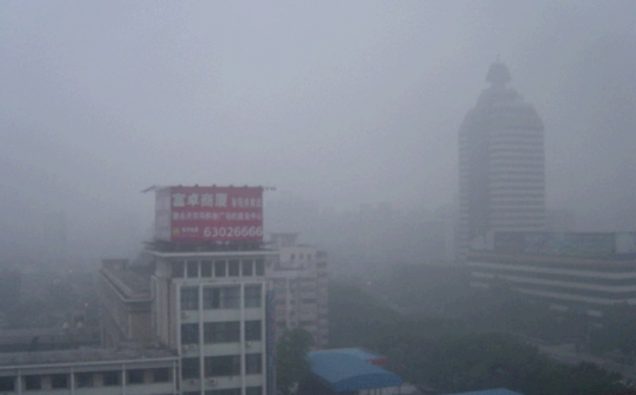
FEATURED IMAGE above shows Beijing covered in smog. Photo Credit: By Bobak (Own work) via Wikimedia Commons
The United Nations has published a new report with disturbing findings – some 6.5 million people die annually from air pollution and 92 per cent of the world’s population lives in places where levels exceed recommended limits.
“Fast action to tackle air pollution can’t come soon enough,” top UN World Health Organization (WHO) environmental official Maria Neira said of the new air quality model, which includes interactive maps maps that highlight areas within countries exceeding WHO limits.
The world’s population reached 7.35 billion last year, according to UN figures
“Solutions exist with sustainable transport in cities, solid waste management, access to clean household fuels and cook-stoves, as well as renewable energies and industrial emissions reductions,” Dr. Neira added.
Nearly 90 per cent of the deaths occur in low- and middle-income countries, with nearly two out of three occurring in the South-east Asia and Western Pacific regions.
“Air pollution continues take a toll on the health of the most vulnerable populations – women, children and the older adults,” WHO’s Assistant Director General Flavia Bustreo said. “For people to be healthy, they must breathe clean air from their first breath to their last,” she added.
Major sources of air pollution include inefficient modes of transport, household fuel and waste burning, coal-fired power plants, and industrial activities. But not all air pollution originates from human activity. For example, air quality can also be influenced by dust storms, particularly in regions close to deserts.
Developed in collaboration with the University of Bath, United Kingdom, it represents WHO’s most detailed outdoor air pollution-related health data ever, based on satellite measurements, air transport models and ground station monitors for more than 3,000 locations, both rural and urban.













